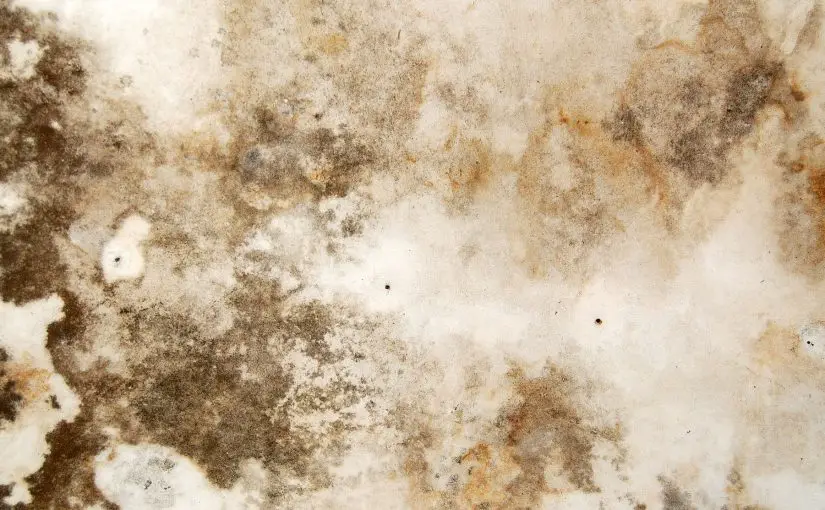Table of Contents
 Mold in Window Air Conditioners
Mold in Window Air Conditioners
When it comes to maintaining the health and efficiency of your window air conditioner, one issue that you may encounter is mold growth. This can not only affect the performance of your unit, but also poses a health risk to those living in the space. In this article, we will discuss the causes of mold growth in window air conditioners, how to identify it, and the steps you can take to prevent and remove it.
Causes of Mold Growth in Window Air Conditioners
Mold thrives in damp and humid environments, which makes window air conditioners a prime breeding ground. The cool air produced by the unit can cause condensation to form on the coils and other components, providing the perfect environment for mold to grow. Additionally, if the unit is not cleaned and maintained regularly, dirt and debris can accumulate, providing additional food sources for mold.
Identifying Mold in Your Window Air Conditioner
Mold can be difficult to spot, especially if it is growing in hard-to-reach areas of the unit. Some common signs of mold growth include:
- A musty or damp smell coming from the unit
- Visible mold growth on the coils or other components
- A buildup of dirt and debris on the coils or other parts of the unit
- Reduced air flow or cooling efficiency
Preventing and Removing Mold
To prevent mold growth in your window air conditioner, it is important to keep the unit clean and maintain it regularly. This includes:
- Cleaning the coils and other parts of the unit regularly
- Changing the air filter regularly
- Ensuring that the unit is properly sealed and insulated
- Running a dehumidifier in the room to reduce humidity levels
If you do find mold growing in your window air conditioner, it is important to address the issue as soon as possible. This may involve:
- Turning off the unit and unplugging it
- Cleaning the moldy areas with a solution of water and white vinegar
- Using a specialized mold remover, if necessary
- Running an air purifier in the room to remove mold spores
- Contacting a professional to inspect and repair the unit, if necessary
It is important to take mold growth in your window air conditioner seriously, as it can not only affect the performance of your unit, but also poses a health risk to those living in the space. By understanding the causes of mold growth, how to identify it, and the steps you can take to prevent and remove it, you can keep your window air conditioner running smoothly and safely.








